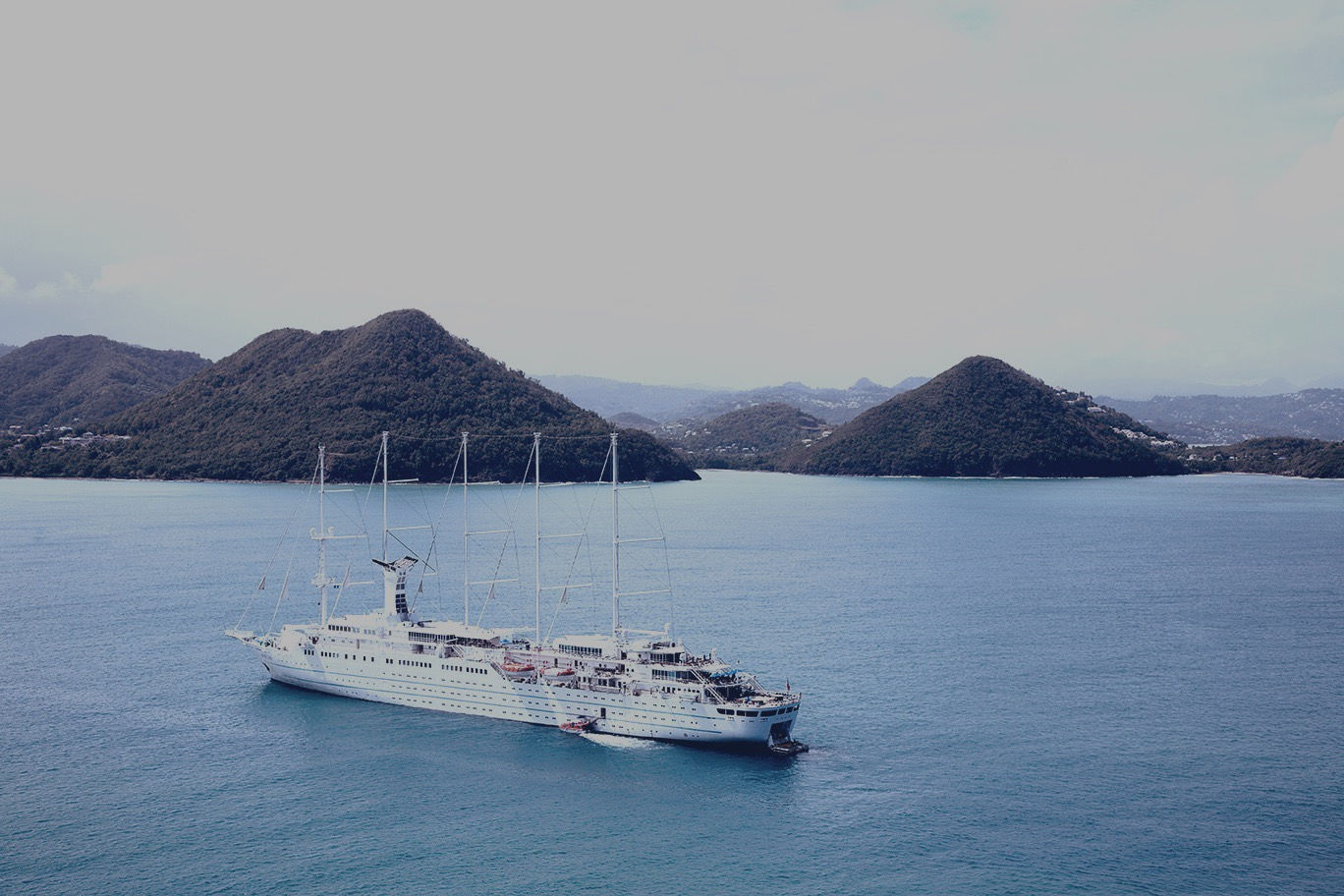
Arctic Cruise
Tourism
ACT - Understanding the Cruise Industry in relation to Community Resilience and Sustainability within the Arctic Region
Funded by the National Science Foundation, Arctic Cruise Tourism (ACT) is an ongoing effort that serves to better understand how cruise ship tourism is impacting destination communities in the Arctic. This transformative project mobilizes a set of dedicated individuals from across the globe. This team has been conducting 5 case studies in which it evaluates the environment, socio-culture, technology, economy, and public policy of Akureyri, Iceland; Bergen, Norway; Nome, Alaska; Juneau, Alaska; Visby, Sweden.
Our overarching research question serves to investigate the cruise industry and the way in which it contributes to community resilience and sustainability. Our overarching goal is to improve local coastal communities that are directly impacted by cruise tourism.
Through this research effort, we hope to create a sustainable future within the Arctic.
UNDERSTANDING
CRUISE SHIP TOURISM
The cruise tourism industry in Alaska, Sweden, Iceland, and Norway is rapidly expanding, bringing an increasing volume of tourists to local costal communities (i.e., it is generating overtourism).
Cruise ship tourism is important for these communities because it generates income and jobs for local residents. While the increased tourism is beneficial, it's also increasing noise & light pollution, the demand of police and firefighting services, and is overall contributing to a loss of community authenticity.
Thus, these communities need vast change in multiple sectors, so they can effectively reap the benefits of cruise tourism and also maintain their home for innumerable generations. ACT's goal is to help make this possible.
OUR GOAL
ACT's goal is to create a set of indicators that local policy makers can utilize to define policies which will help these costal communities effectively manage their increased tourism.
METHODOLOGY
What are the steps we will take to achieve our goals?
Collecting Baseline Information
Compile a portfolio on each city based on the 5 aforementioned domains.
Phase 1
Phase 1
Evaluating Local Infrastructure
Assess various infrastructures as well as cruise ship navigation safety.
Phase 4
Phase 4
Support Indigenous & Adaptive Capacity
Assess the effects of cruise tourism on several local activities.
Phase 2
Phase 2
Comparative Analysis
Conduct an analysis between the 5 cities to develop concrete conclusions that will further our goals.
Phase 5
Phase 5
Evaluating the Natural Domain
Assess the various aspects of the local environment, such as air & water pollution.
Phase 3
Phase 3
Developing Indicators
Use collected data to develop a set of indicators that local officials can utilize.
Phase 6
Our Goal
Phase 6
